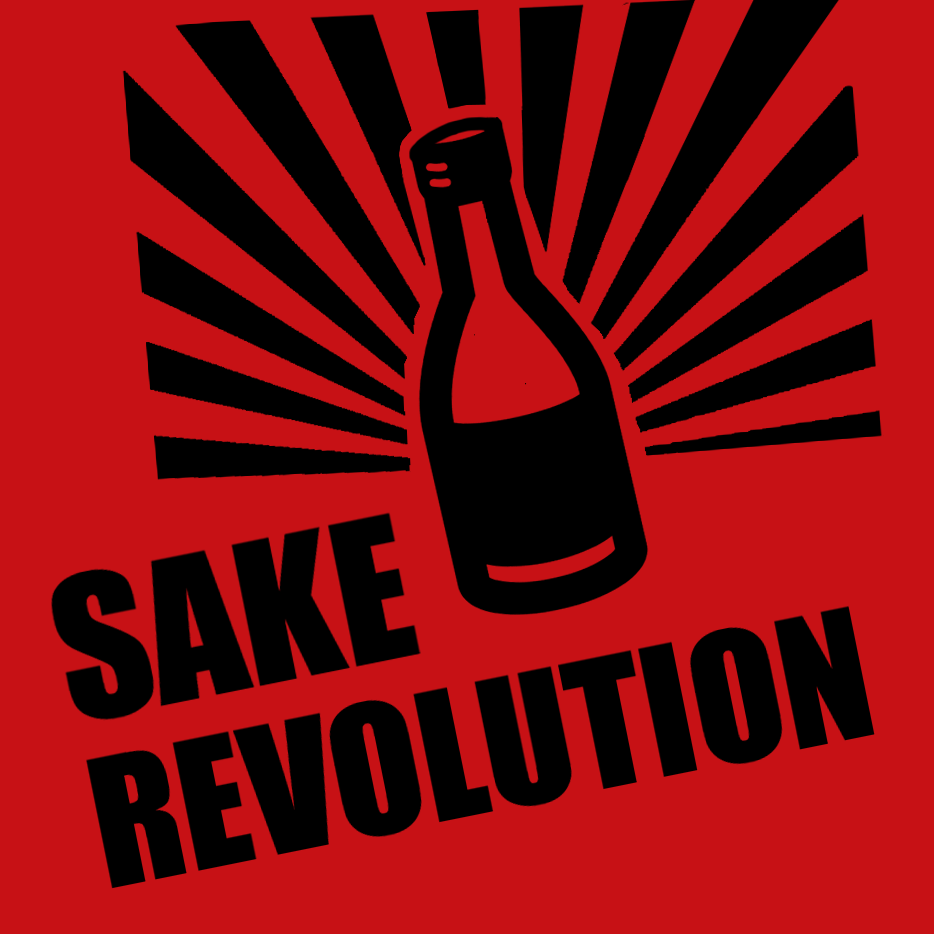General Sake Questions
Should sake be served hot or chilled?
Once I open a bottle of sake, how long will it last?
Is sake meant to be aged like wine?
How should I store my sake?
Is sake only made in Japan?
Q: How many calories are in sake?
Small “ochoko” sake cup (1.5oz | 44ml) = 60 Calories
Small “tokkuri” sake carafe (5.0oz | 150ml) = 200 Calories
1 “go” serving (6.0oz | 180ml) = 240 Calories
“One Cup” peel-top sake cup (6.0oz | 180ml) = 240 Calories
300ml Sake Bottle (10.1oz | 300ml) = 404 Calories
2 “go” serving (12.1oz | 360ml) = 484 Calories
720ml “Yongobin” Sake Bottle (24.3oz | 720ml) = 972 Calories
1.8L “Isshobin” Sake Bottle (60.8oz | 1.8L) = 2,432 Calories
Now, remember, these calorie counts are approximate based on calorie averages. Most sakes on the market are 15.5% alcohol by volume. If you’re drinking a 6% alcohol sparkling sake, it’s reasonable to assume the calories would be lower, and conversely, if you’re drinking a fortified Honjozo Genshu Nigori at 20% alcohol, calorie counts would likely be higher. In any case, these calorie counts can help us at least get a handle on our sake calorie consumption… hold the Big Mac.
Do you have a sake question you want answered? Just use our CONTACT page to send me your question anytime!
YouTube responded with an error: The playlist identified with the request's <code>playlistId</code> parameter cannot be found.


